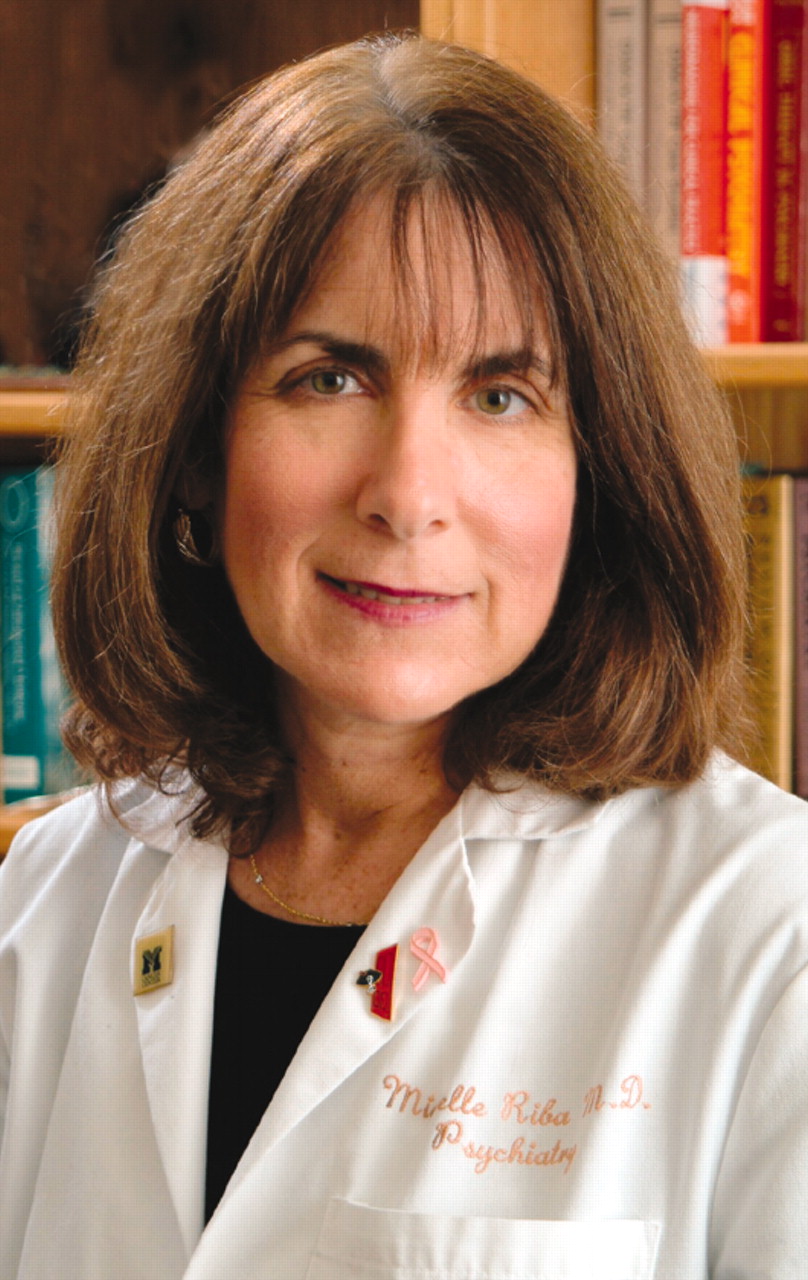APA took a giant step toward enlightening the world about what it means to practice psychiatry last fall with the release of the video documentary “Real Psychiatry: Doctors in Action.”
While the video was designed to increase the diversity of the psychiatric workforce by attracting minority psychiatrists to the field—thus reducing mental health disparities among minority and underserved patient groups—this is only one of the potential benefits of the video.
“Real Psychiatry” conveys a crucial, universal message for anyone considering a career in the field—that psychiatry is an exciting profession in which practitioners have the power to successfully treat diseases and save lives.
Through each of the featured psychiatrists in the video, medical students who want to learn more about psychiatry can get a better sense of what it is like to work on a PACT (Programs for Assertive Community Treatment) team, teach residents, advise medical students, and treat children with severe emotional disturbances, for instance.
So far, medical students have served as an enthusiastic audience during“ Real Psychiatry” screenings.
Medical students invited to APA's 2004 Institute on Psychiatric Services in Atlanta in October were one of the first groups to see the video, which also aired on the meeting hotel's in-house television system for all attendees to view.
This screening was followed by one for members of the Asian Pacific American Medical Student Association in November in Houston.
A wide variety of organizations and individuals has requested and received copies of the video. Among them: student directors at the Student National Medical Association, the American Medical Student Association, and the Association of Native American Medical Students.
In addition, hundreds of copies of “Real Psychiatry” have been sent to medical student APA members, clerkship directors at medical schools, psychiatry residents, and chairs of departments of psychiatry around the country.
Members and nonmembers in Canada, Switzerland, Australia, South Africa, the Philippines, and the Netherlands have also requested the video.
Medical students have embraced the video, according to Marilyn King, who is the minority fellowships senior program manager in APA's Department of Minority and National Affairs. King conceived the idea for “Real Psychiatry” and served as an advisor in the documentary's production.
Bergina Brickhouse, a fourth-year medical student at Eastern Virginia Medical School in Norfolk, thanked APA for the video and told us, “My family had concerns about my being a `real doctor' and going into psychiatry. After seeing the video, they had a better idea about what I want to do.”
Yale medical student Marwah Abdalla said she thought the video was a“ great way to introduce students to psychiatry” and believed“ its strength was that it could appeal to both high school students and medical students simultaneously.”
Her point is an excellent one—“Real Psychiatry” has the power to educate and influence not only medical students, but others in the educational system, whether high school students learning about mental illnesses during health class or college undergraduates studying human behavior.
In addition, through the portrayal of four psychiatrists working in a variety of settings and treating patients with brain disorders with expertise and compassion, the video has the potential to dispel myths about mental illness in the media and among the general public.
The stigma-busting effect of “Real Psychiatry” is very much in keeping with the mission of advocacy organizations such as the National Alliance for the Mentally Ill (NAMI), and a number of NAMI chapters across the country have requested copies of the video.
In a conversation about the video I recently had with APA's medical director, Dr. Jay Scully, he emphasized not only the superior quality of the video but also its “universal appeal” and potential to reach a wide range of audiences.
Keeping this in mind, we encourage APA members to be creative about how they use and disseminate the video and to consider the many audiences who stand to gain from this moving documentary about four physicians who practice what is unquestionably the most exciting and rewarding specialty in medicine.
APA members may obtain a free copy of “Real Psychiatry: Doctors in Action” by calling APA toll free at (888) 35-PSYCH or sending an e-mail request to [email protected]. Each additional copy of the video costs $10 for VHS and $15 for DVD. APA members can also view the video on APA's Web site at<www.psych.org>.▪

